In the realm of technological advancement, artificial intelligence (AI) has made significant strides, processing vast volumes of data, executing complex algorithms, and performing tasks beyond human capability. However, despite these advancements, AI still struggles with forecasting the future, a domain where humans maintain a substantial edge. This disparity raises intriguing questions about the limits of AI and the unique qualities that humans bring to prediction.
Forecasting the future involves more than just analyzing past data; it requires intuition, contextual understanding, and a comprehensive grasp of complex, often non-linear relationships. Unlike AI, humans can draw upon a deep well of experience and adaptability that technology has yet to replicate fully.
### Understanding AI’s Predictive Capabilities
AI has proven exceptionally effective in specific domains, such as image recognition, natural language processing, and even some predictive analytics. These successes largely stem from the ability to process and learn from large datasets. Deep learning models, for instance, analyze patterns and correlations within massive volumes of data, often discovering insights beyond human perception.
However, while AI excels in pattern recognition and correlation, it struggles with causation – understanding the ‘why’ behind observed data. Predictive models rooted in historical data can forecast trends but often falter when extrapolating into unfamiliar terrains where past patterns do not necessarily apply.
### The Human Advantage
Humans, on the other hand, possess the ability to understand complex socio-political contexts, cultural subtleties, and nuanced human behavior, which are essential in accurate forecasting. This complexity often eludes AI models, bound by the data they were trained on and limited by their inability to intuitively grasp new, unforeseen circumstances.
One of the primary reasons humans continue to outperform AI in forecasting is our ability to understand context deeply. For instance, human experts can foresee market shifts by considering geopolitical events, something AI might overlook or misinterpret without explicit data. Humans are also experts in empathy and social dynamics, integrating this understanding into predictions.
Furthermore, human forecasters can account for ‘black swan’ events – highly unpredictable occurrences with significant impact – which AI systems find challenging due to their rarity and lack of precedent.
### The Interplay of AI and Human Prediction
Despite the current limitations, AI and human forecasting are not mutually exclusive. Instead, they complement each other. AI can assist human forecasters by sifting through extensive datasets more quickly and efficiently than humans, allowing experts to focus on interpreting the results and applying their contextual understanding.
This collaborative approach is already manifesting in various fields. In finance, AI predicts market trends and alerts analysts to emerging patterns, who then apply their judgment to anticipate possible market disruptions. In healthcare, AI analyzes patient records to identify risk factors, enabling doctors to make informed medical predictions with greater accuracy.
### Future of Predictive Technologies
Looking ahead, the future of predictive technologies likely lies in enhanced synergy between AI and human foresight. Continued advancements in AI, such as improved machine learning algorithms and neural networks, could enable systems to better mimic human intuition. However, without significant breakthroughs in understanding human-like reasoning and emotional intelligence, AI is unlikely to surpass human capabilities in forecasting.
Investment in AI research focusing on interpretability and explainability could further bolster collaborative efforts. AI systems need to provide insights not only on ‘what’ might happen but also ‘why,’ facilitating more robust human-machine collaboration.
### Conclusion
The journey towards perfecting predictive technologies is ongoing, with both AI and human capabilities offering unique strengths. While AI will likely continue to evolve and enhance its predictive prowess, the nuanced understanding and intuitive nature of human prediction remain irreplaceable components in forecasting the future of an ever-complex world.
Ultimately, humans and AI together hold the keys to unlocking the potential of forecasting, merging the precision of algorithmic prediction with the ingenuity and insight of human creativity.
Tech Column
Why humans are still much better than AI at forecasting the future

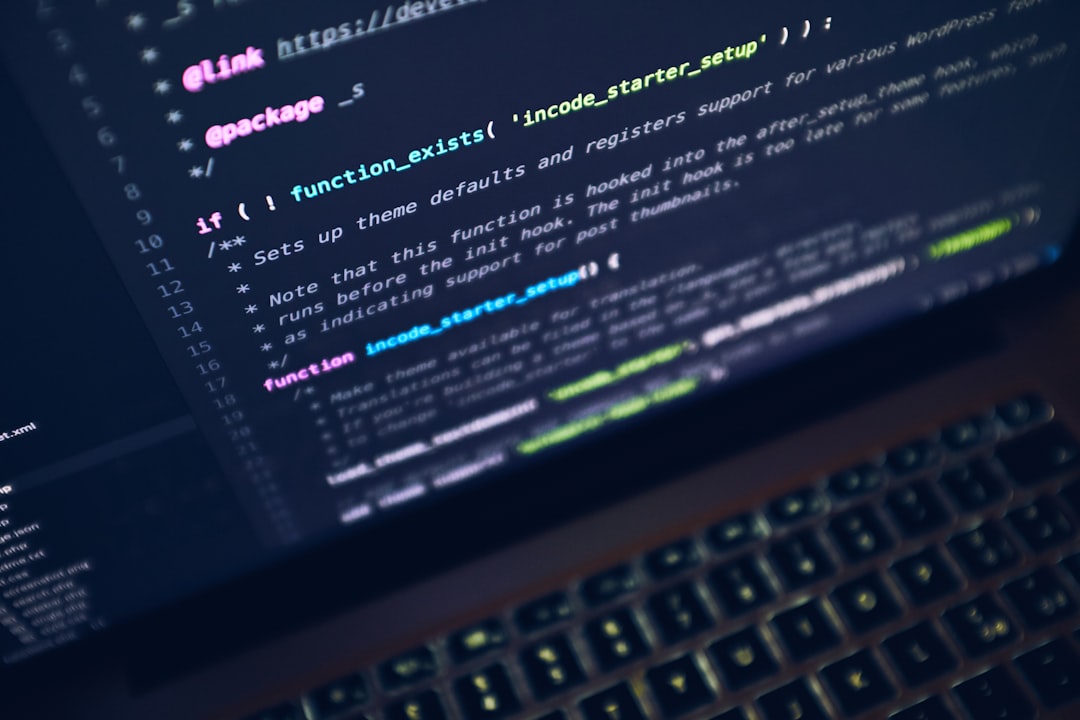





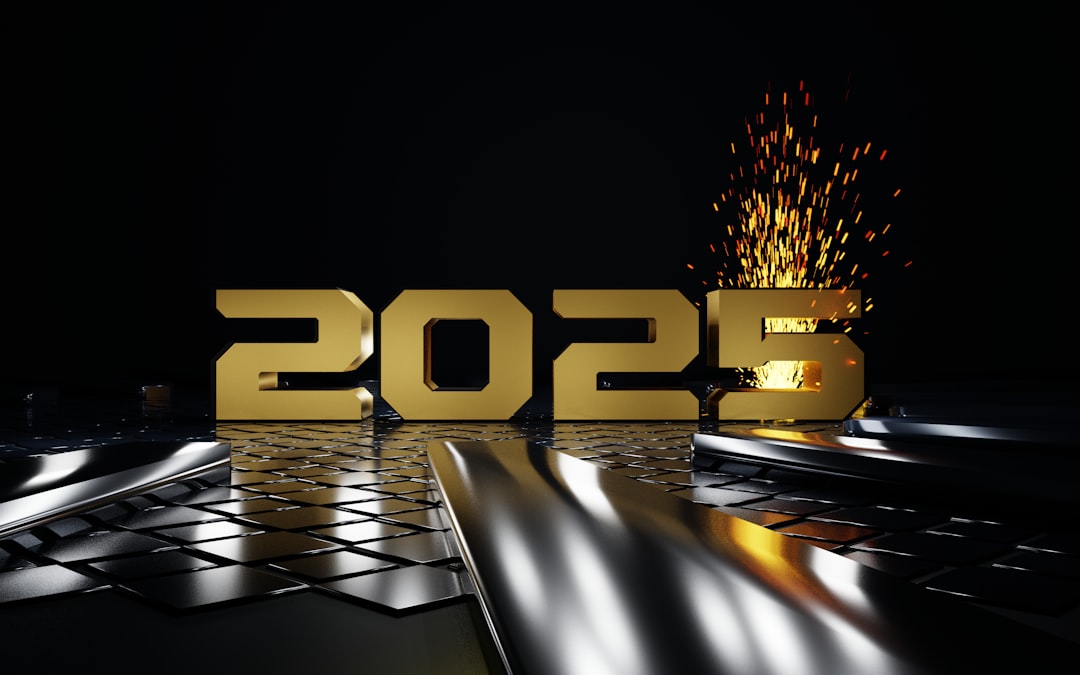




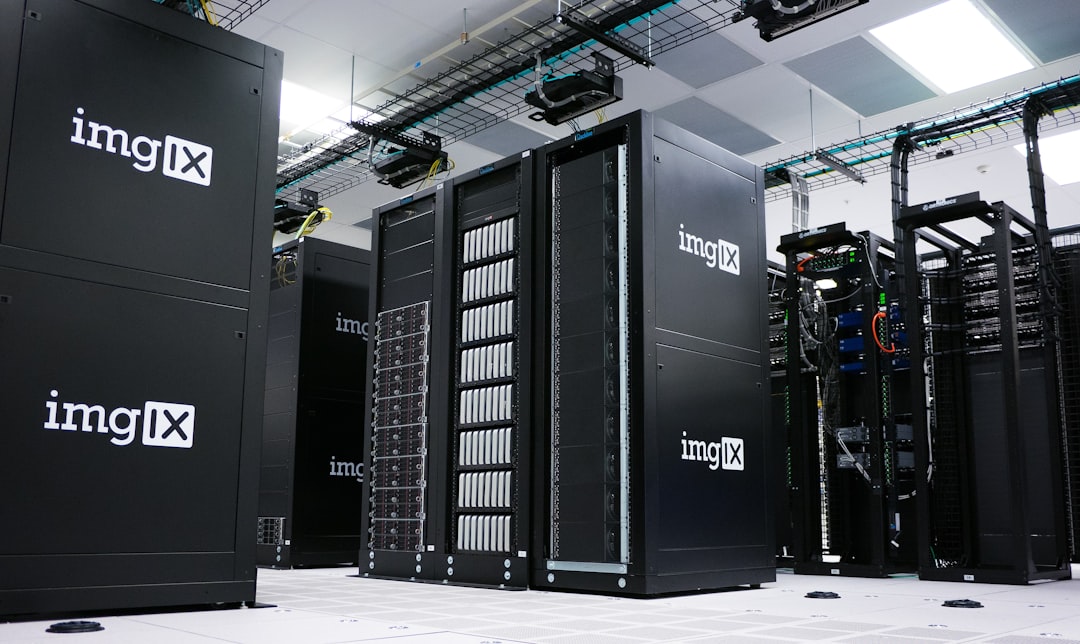
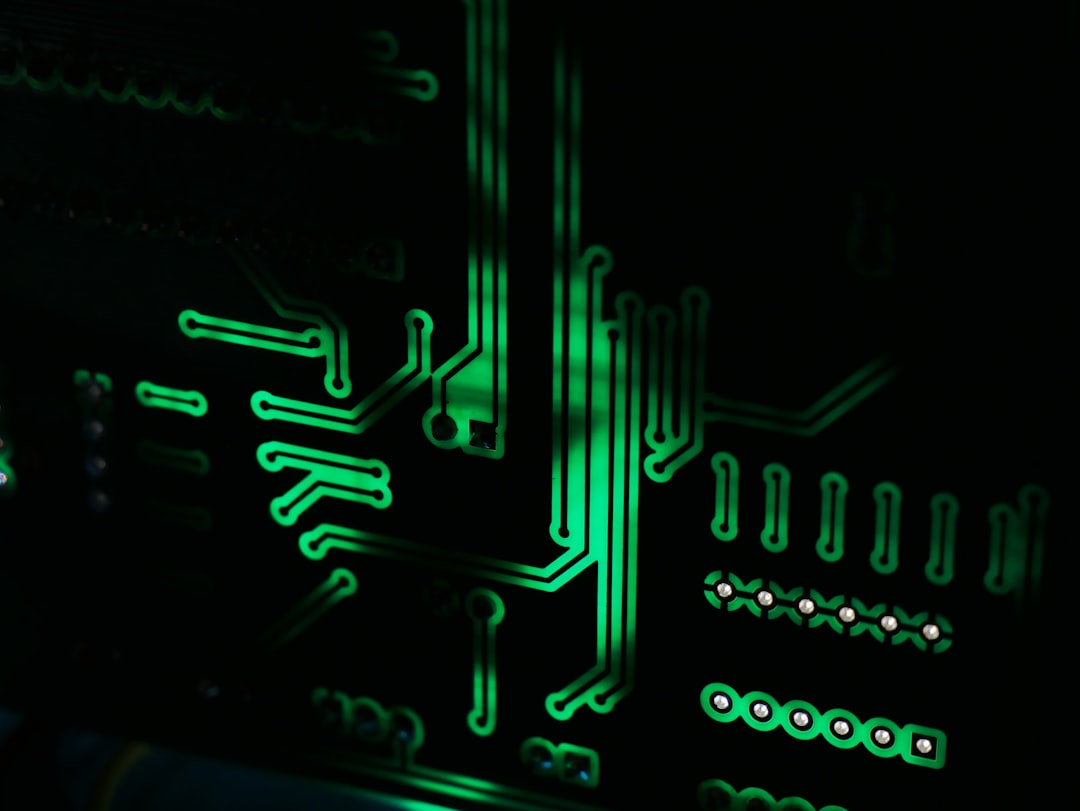

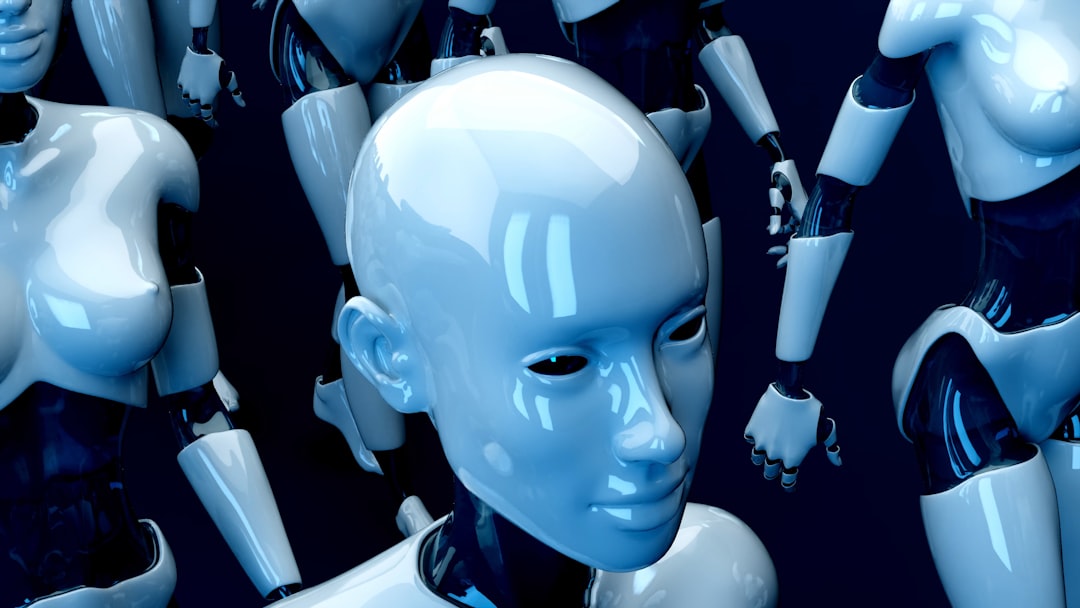
Leave a Reply